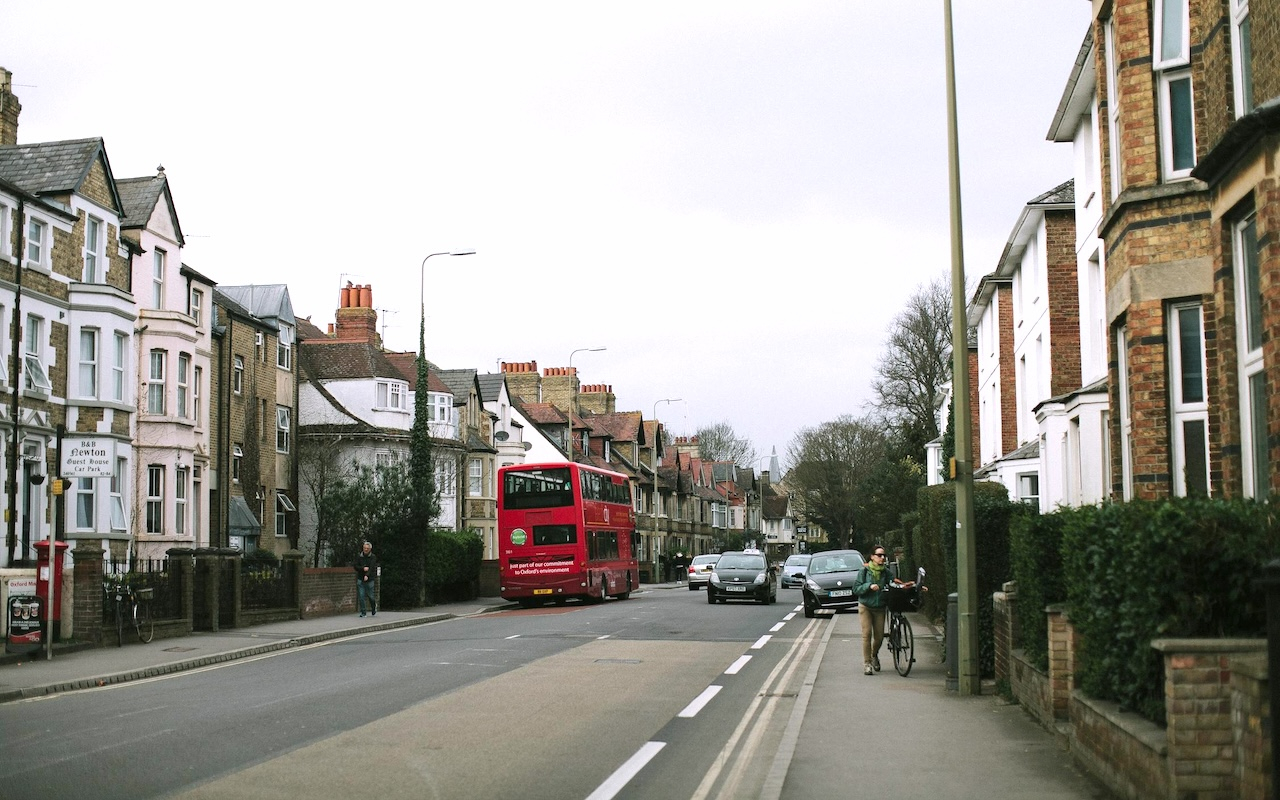Do school catchment areas have an impact on house prices?

As the summer holidays come to an end (did they ever really get going?!) and the little darlings return for their new school year, our thoughts have turned to the importance of school catchment areas when it comes to buying your new home.
If you have children of school age, or are likely to in future, how much should school catchment areas factor into your property purchase? Will Labour’s plan to introduce VAT to private school fees as of 1 January 2025 influence school catchments and your ability to access your chosen school and, perhaps most importantly, do school catchment areas have an impact on house prices?
What are school catchment areas, and how you do find out the catchment areas for your preferred school(s)?
A school catchment area is essentially the geographical zone around a school that determines which students are eligible for admission. The general rule is that the closer you live to a school, the higher your chances are of securing a place for your child. However, it’s not as simple as living next door to a school and being guaranteed a spot, as many factors influence whether your child will be accepted.
Each school has a Published Admission Number (PAN), which is the number of pupils it can admit each year. As demand for school places fluctuates, catchment areas can shift annually, reflecting demographic changes and the availability of spaces. This unpredictability means that even if a property was within a school’s catchment area one year, it might not be the following year. Therefore, it’s crucial to check the latest admission data for your preferred schools when considering a move if the main reason for said move is to secure a school place for your child(ren).
To find out the catchment areas for schools that you are interested in, local council websites often provide interactive maps or search tools where you can input your address and see the school catchments you fall under. Additionally, many schools publish their admissions policies online, which often detail how catchment areas are determined. Most schools give priority to siblings of current students, or those with specific educational or social needs, so proximity alone might not be enough to guarantee a spot.
So, do school catchment areas have an impact on house prices?
In short, yes – school catchment areas significantly influence house prices across the UK. A good school can drive demand for homes within its catchment area, pushing prices above the regional average, according to the valuations website Yopa.
According to a recent study from Santander, parents are willing to pay a 5% premium on properties located within the catchment areas of desirable schools. This trend is more pronounced in certain parts of the UK, particularly in London and the South East, where competition for school places is fierce.
In London, the impact of school catchment areas on house prices is particularly stark. Data from Zoopla and Rightmove suggests that properties near top-performing schools can command a premium of up to 20%. For instance, areas surrounding schools with ‘Outstanding’ Ofsted ratings tend to include house prices that are substantially higher than those near schools rated as ‘Good’ or ‘Requires Improvement’. In some of London’s most sought-after postcodes, parents are known to move into rental properties within catchment areas just to secure a school place, even if they can’t afford to buy a home there.
Outside of London, the premium for homes in top school catchment areas is slightly lower but still notable. Across England, houses within the catchment areas of high-performing schools can fetch between 8% and 10% more than similar homes located outside of catchment. In the North West and Midlands, the premium is typically smaller, ranging from 3% to 6%, though this can vary depending on the local market.
The price differential also influences buyer behaviour. The same Santander study found that one in four parents with children under 18 are willing to relocate to be within the catchment area of a better school. For some families, this might mean moving to a less convenient location or downsizing to afford a home near a top-performing school. This demonstrates just how crucial educational factors can be when making a property purchase, particularly for families with school-aged children or those planning a family in future.
How VAT on private school fees could increase demand for state school places and impact house prices
With Labour’s plan to introduce VAT on private school fees in 2025, the demand for high-quality state schools is expected to increase. This policy, if implemented, could make private education unaffordable for many families who currently rely on independent schools for their children’s education. As a result, more parents may turn to high-performing state schools as an alternative, which could increase competition for places and drive house prices in desirable catchment areas even higher.
While London and the South East are likely to feel the most significant effects, even areas outside of the capital could see prices rise as families seek out top state schools in more affordable parts of the country.
However, it’s not just the increased demand for state school places that could influence property prices. As private schools adjust to the new VAT burden, some may offer bursaries or other financial incentives to retain pupils, potentially maintaining the same level of demand for homes within commuting distance of these schools too.
In today’s competitive property market, school catchment areas are a significant factor in determining house prices. Whether you’re looking to buy in London, the South East, or further afield, the school your child could attend will likely influence how much you pay for a property. The premium on homes near top-performing schools is a clear indicator of the value parents place on education, and this trend shows no sign of slowing down.
With Labour’s VAT plan for private schools on the horizon, we may see even more pressure on catchment areas in the coming years. As more parents shift towards state education, the competition for school places and homes within desirable catchment areas is only likely to intensify since it will be awhile before we see the impact of the mooted declining birth rate.
If you’re a parent or planning to become one, it’s important to factor in the local school catchment areas when considering your next move. Not only could it affect your child’s education, but it could also significantly impact the value of your home. On the plus side, anyone planning to sell their home, regardless of whether or not they have children, should also check the local school catchment areas because this could be a very useful selling point for prospective buyers.
The editorial unit



















Facebook
Twitter
Instagram
YouTube
RSS